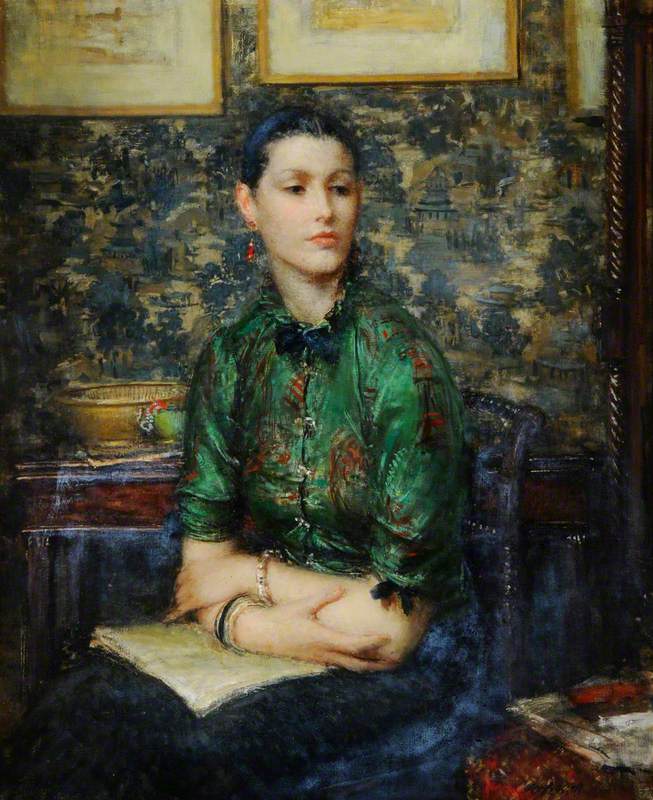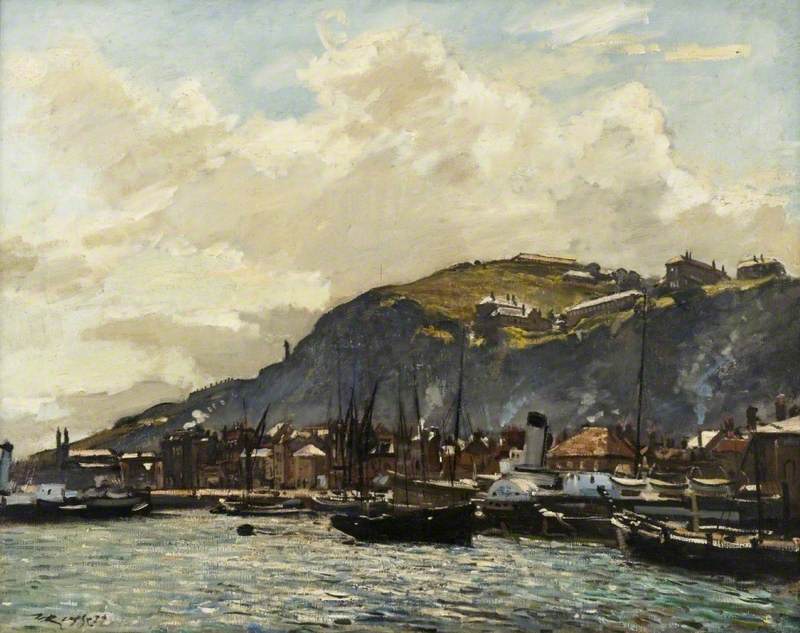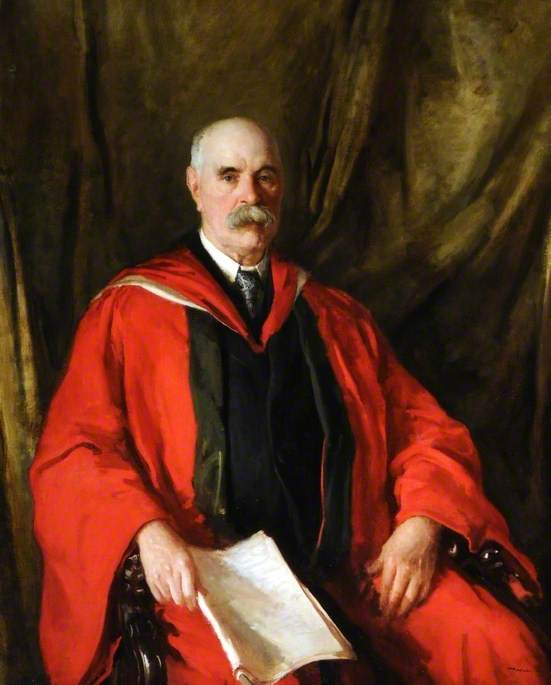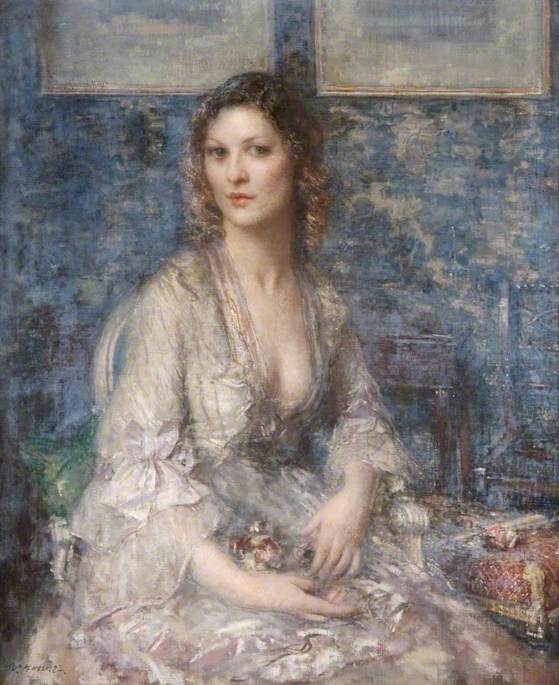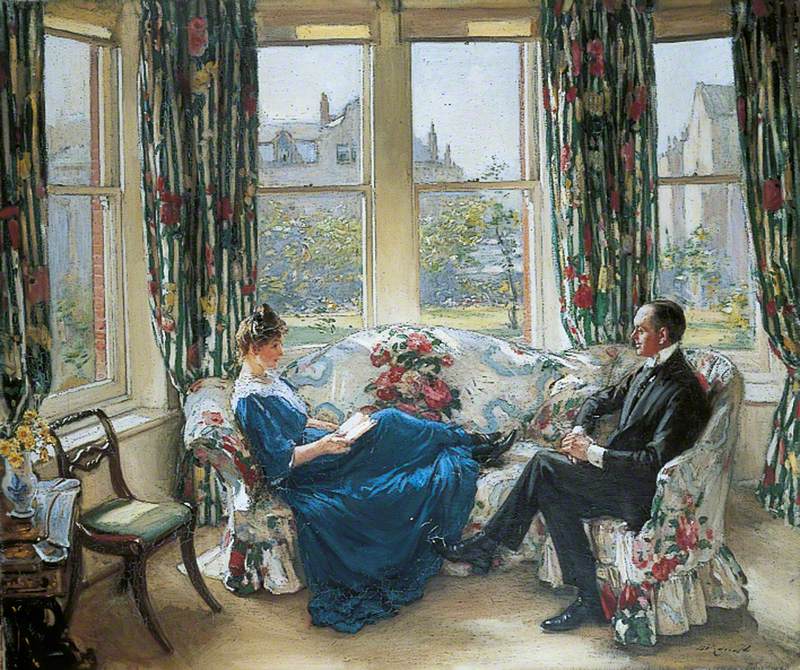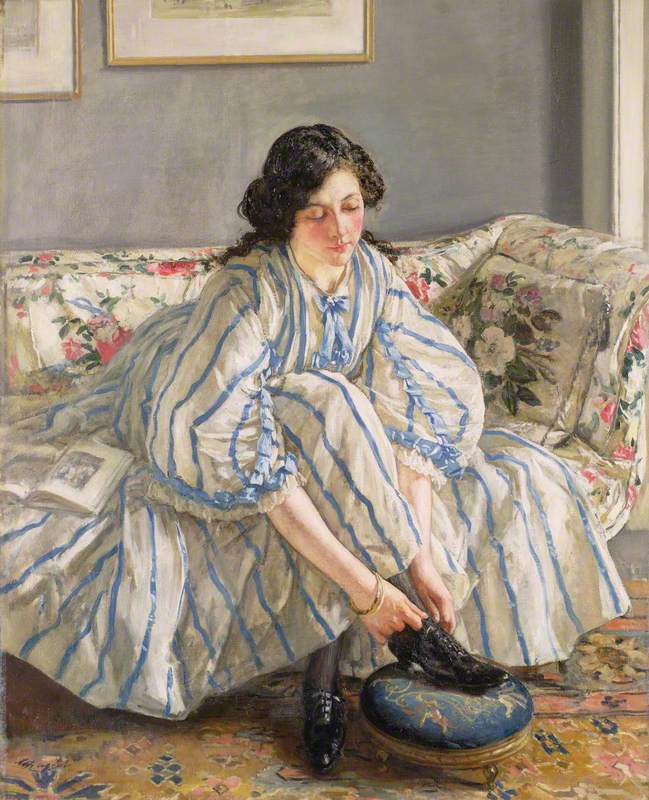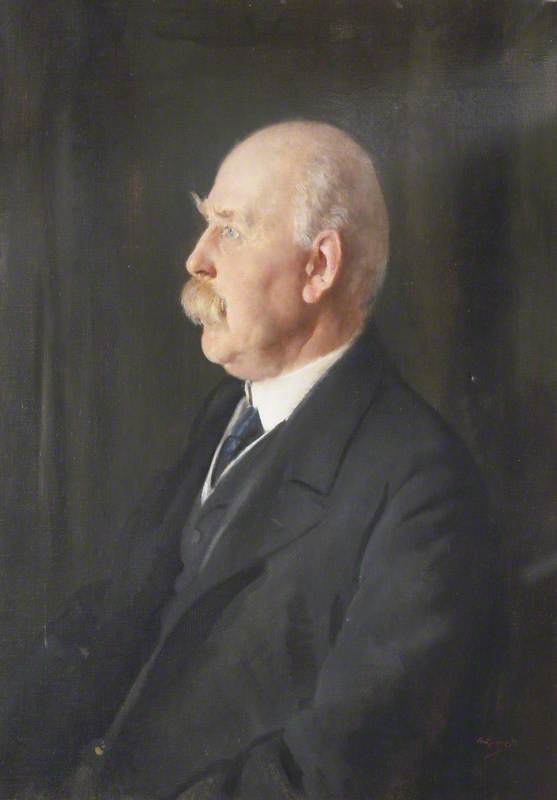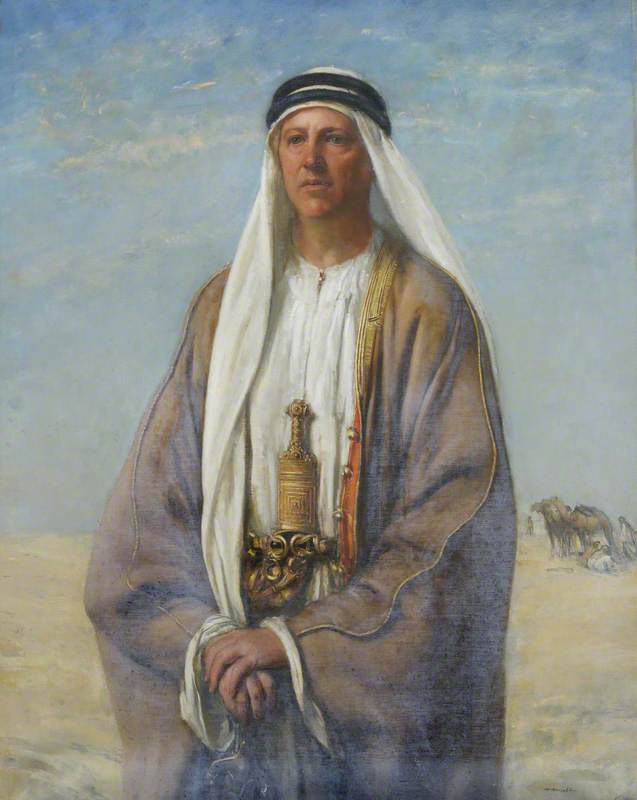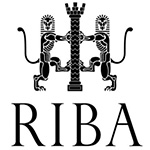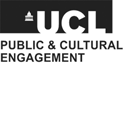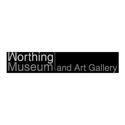Walter Westley Russell [also known as Sir Walter Russell, Walter W. Russell, and as W.W. Russell] was born in Forest Gate, Essex, England on 31 May 1867. and was the son of Henry Russell, a bookbinder. He studied at Westminster School of Art where he was taught by Frederick Brown (1851-1941) and subsequently worked as a painter, etcher and illustrator.
Russell exhibited frequently at the Royal Academy in London from 1898 to [posthumously] 1950. He also exhibited Agnew & Sons Gallery, Beaux Arts Gallery, Barbizon House, ChenilGallery, Dudley Gallery, Goupil Gallery, International Society of Sculptors, Painters and Gravers, Leicester Galleries, New English Art Club, and Royal Society of Painters in Water Colours in London; Royal Hibernian Academy in Liverpool; Royal Glasgow Institute of the Fine Arts; and at the Royal Scottish Society of Painters in Water Colours in Edinburgh.
Ruaaell was elected a member of the New English Art Club (NEAC) in 1895; a member of the Royal Society of Portrait Painters (RP) in 1907; an Associate of the Royal Academy (ARA) in 1920; a Royal Academician (RA) in 1926; an Associate of the Royal Society of Painters in Water Colours (RWS) in 1921; and a full member of Society (RWS) in 1930. He was also a member of the Society of Twenty-Five.
Russell taught as an assistant professor at the Slade School of Fine Art, University College, London from 1895 to 1927. In 1927 he was appointed Keeper of the Royal Academy, a position he held until 1942. During World War One he served in the Camouflage Corps from 1917 to 1919. He was knighted for his services to art in 1935. Four of his paintings were purchased by the Chantrey Bequest.
Russell had a studio at 107 Cheyne Walk, Chelsea. He died in Kensington, London on 14 April 1949.
Text source: Art History Research net (AHR net)
